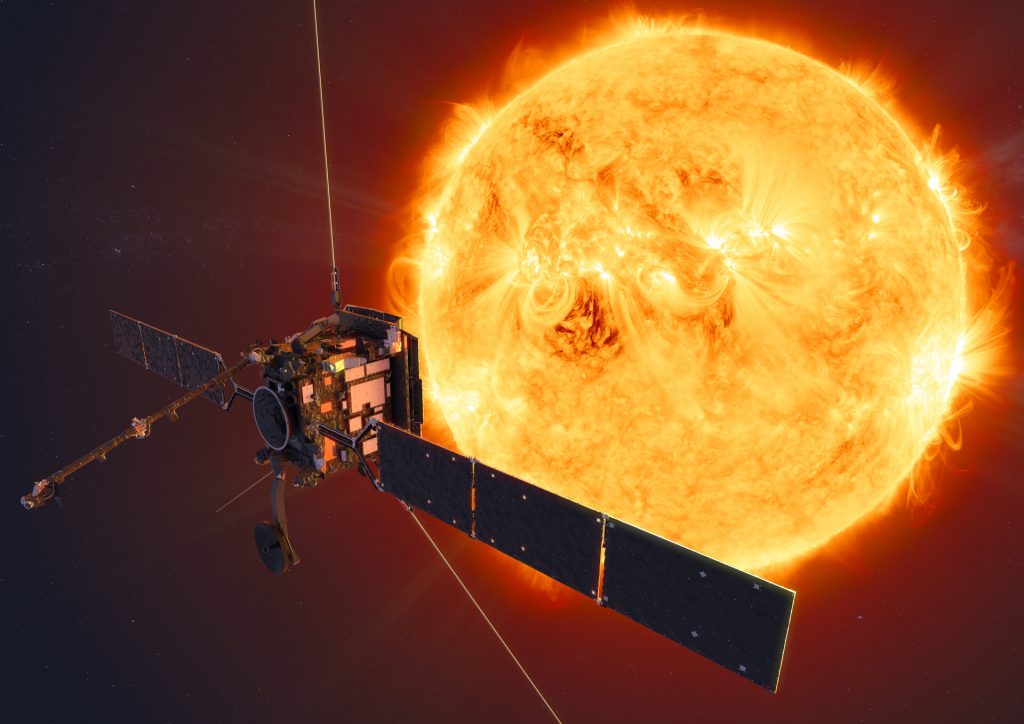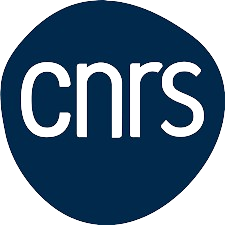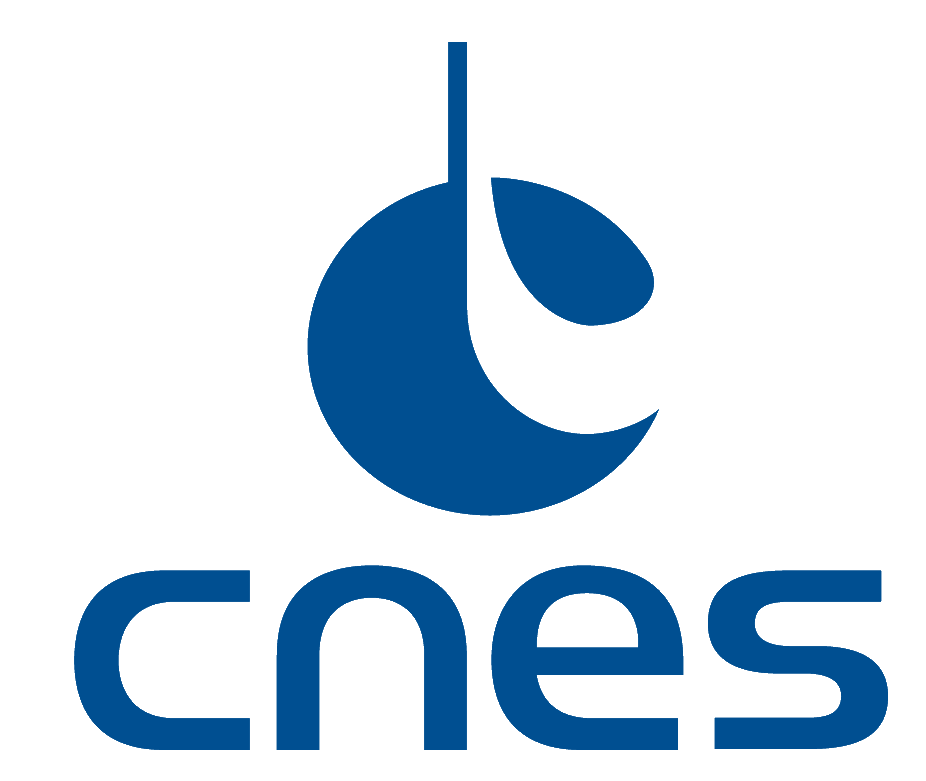Solar Orbiter: Rich in situ data collection
Launched a little over a year ago (February 10, 2020), the Solar Orbiter probe continues its journey towards the Sun, carrying on board a dozen instruments! It is currently at a distance of 0.95 AU (astronomical unit corresponding to the average distance between the Earth and the Sun, i.e. 150 million kilometers).

One of the main objectives of the Solar Orbiter mission is to better understand the mechanisms of the solar wind (heating, acceleration, evolution, composition) and its relationship with eruptive phenomena at the surface of the Sun (e.g. coronal mass ejections). For these purposes, it carries on board remote sensing instruments and instruments measuring the characteristics of the solar wind plasma around the probe (the in situ measurements). The RPW and SWA instruments belong to the latter category. Some of their subsystems have been developed by CNES, as well as four French laboratories of CNRS (LESIA, LPP, LPC2E, IRAP).
As soon as one week after the launch of the probe, these two instruments started to operate and provide data to scientists!
IRAP Contact
- Philippe Louarn, philippe.louarn@irap.omp.eu






